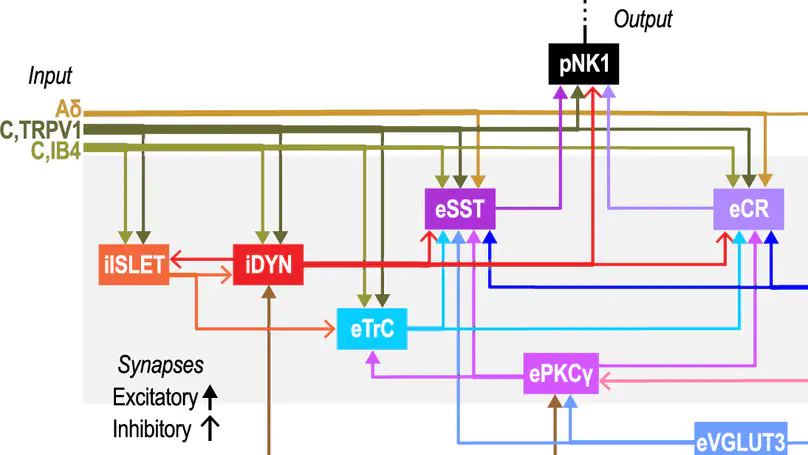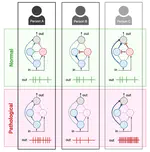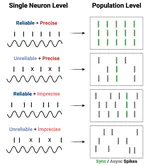Hi! I’m Laura.
I’m a Postdoctoral Fellow at the Krembil Brain Institute & University Health Network in Toronto, Canada. I currently work in the Bains Lab where I use computational neuroscience techniques and advanced data analytics to understand the role of touch in stress.
My work has been supported by a Doctoral Graduate Scholarship from the Canadian Institutes of Health Research (CIHR, 2022–2025), a Research Training Competition Graduate Scholarship from The Hospital for Sick Children (2020–2022), and a University of Toronto Graduate Fellowship (2020).
View my CV/resumé. (Last Updated: May 2025)
- Computational Neuroscience
- Neural Coding
- Somatosensation
- Pain & Stress
PhD in Biomedical Engineering, 2025
University of Toronto, Canada
MSc in Neuroscience, 2018
Queen's University, Canada
BSc in Life Sciences/Mathematics, 2016
Queen's University, Canada
Featured Research
Building a model of the spinal dorsal horn to investigate chronic pain.
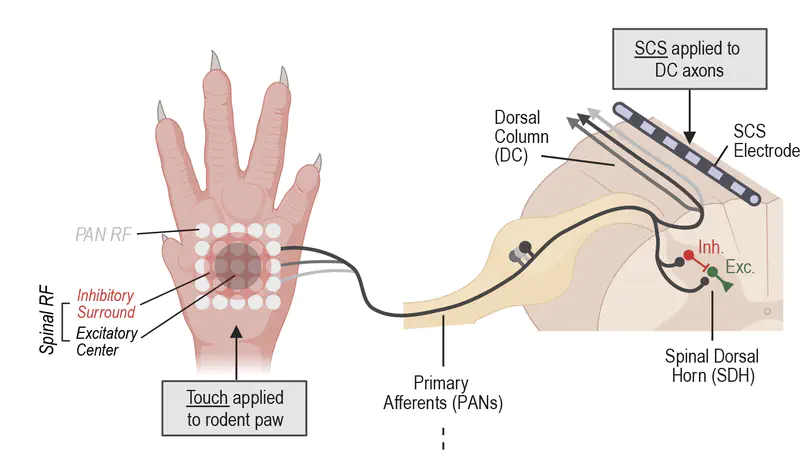
Touch is mistakenly perceived as painful when inhibition in the spinal dorsal horn (SDH) is weakened. Disinhibition un-gates a polysynaptic spinal circuit but why mechanical allodynia is predominantly evoked by certain stimuli, like dynamic brushing, remains unclear. To answer this, we incorporated receptive fields (RFs) into a computational model of the SDH to study the processing of stimuli with different spatiotemporal features. Broad stimuli normally suppress output spiking by engaging inhibition from the RF surround, but the efficacy of inhibition depends on the input’s temporal pattern. This is critical since excitatory and inhibitory spinal neurons are preferentially sensitive to synchronous and asynchronous input, respectively. Furthermore, spikes driven by synchronous input are resistant to feedforward inhibition. The combined results explain why broad dynamic touch (e.g. brush or vibration) evokes more allodynia than punctate static touch. Our results also show that asynchronous and spatially disordered input evoked by kilohertz-frequency spinal cord stimulation preferentially activates inhibitory neurons, thus explaining its anti-allodynic effects.
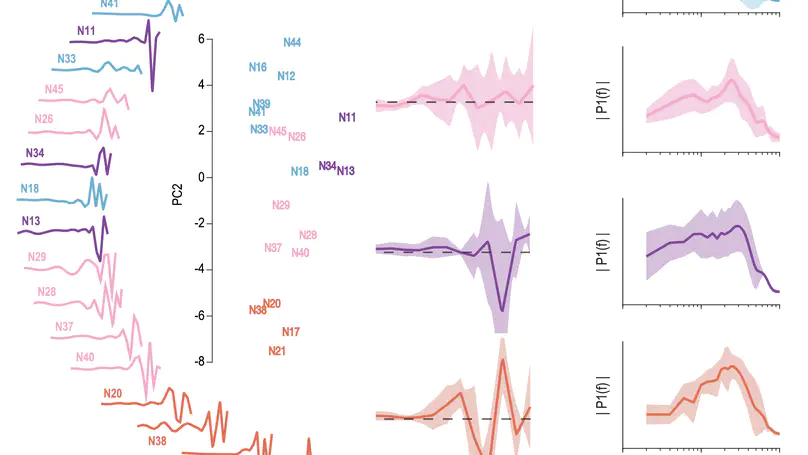
Our sense of touch starts with activation of nerve fibres in the skin. Although response properties of various fibre types are well-established in other species (e.g. primates), quantitative characterization in rats and mice is limited. To fill this gap, we performed a comprehensive electrophysiological investigation into the coding properties of tactile fibres in rodent non-hairy skin and then simulated these fibres to explain differences in their responses. We show that rodent tactile fibres resemble those from other species, but that their heterogeneity at the population level may differ, with potentially important implications for encoding of touch. Simulations reveal intrinsic mechanisms that support this heterogeneity and provide a useful tool to explore somatosensation in rodents.
Publications
Selected Presentations
From seminars & conferences
